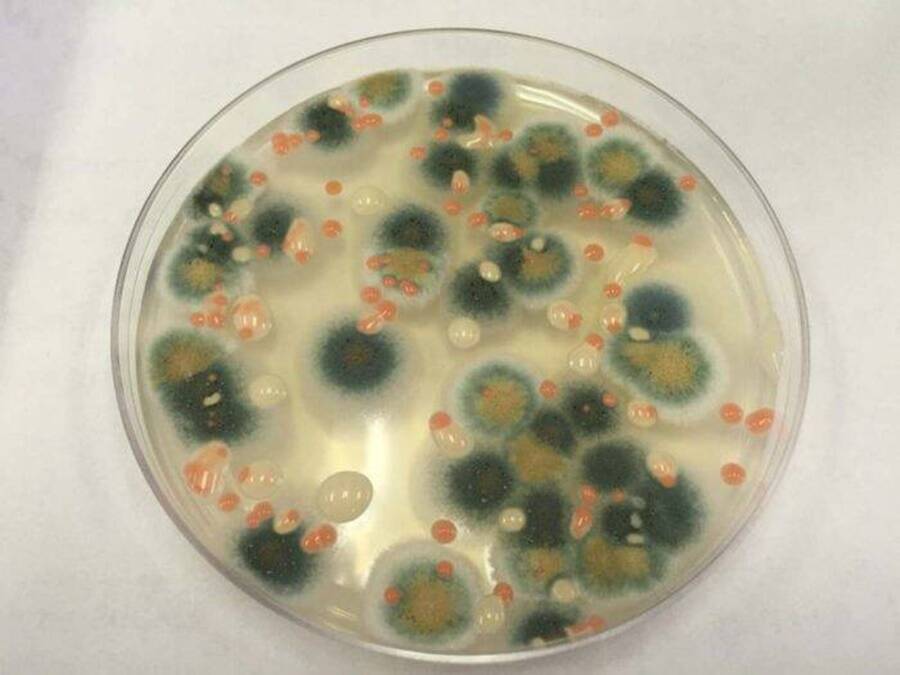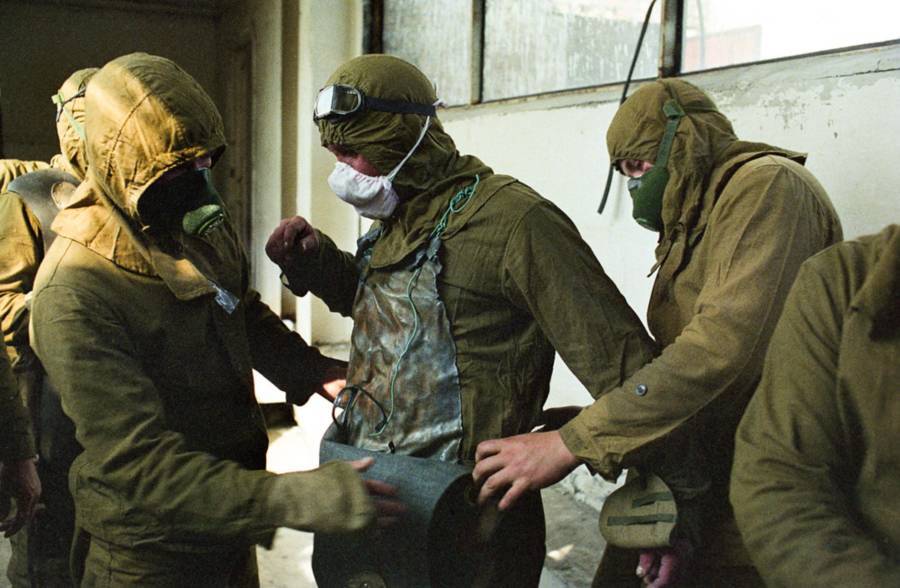Chernobyl’s Radiation-Eating Fungi Could Be Used To Make Space Suits

NASA/JPL/CALTECH
Several strains of black fungi were found at Chernobyl, feeding off of the radiation.
Since the disastrous nuclear meltdown at Chernobyl in 1986, there have been surprising reports of life thriving at the highly toxic site. Among them is a species of black fungus that may hold the key to radiation resistance for humans.
Years after the disaster, scientists uncovered strains of this black fungus eating the abundant gamma radiation that was leftover from the explosion in one of Chernobyl’s nuclear reactors.
Black fungus gets its name from its high concentration of melanin, a pigment that allows it to feed off of radioactive gamma rays and convert them into chemical energy. This process, which is similar to photosynthesis among plants, is called radiosynthesis.
The ability of the fungus at Chernobyl to protect itself from radiation was a significant breakthrough for researchers looking for ways to protect humans from radiation, including cancer patients undergoing radiation therapy, nuclear plant workers, and astronauts.

Igor Kostin/SYGMA/CORBIS
Many of the workers who braved the clean up at Chernobyl died or became critically ill due to radiation poisoning.
Despite their protective suits, astronauts are still exposed to dangerous amounts of cosmic radiation while in space. In 2018, a sample of the black fungus C. sphaerospermum was sent aboard the International Space Station to test its radiation-absorbing properties in space.
The results of that study, which were published this year, showed that the fungus managed to block two percent of the incoming radiation it received — all while healing itself and multiplying.
Although the results of the experiment were promising, researchers still need to study the fungus from Chernobyl to determine whether they could actually be cultivated and used by humans in space. The discovery had to be considered one of the top outer space news stories of the year.





